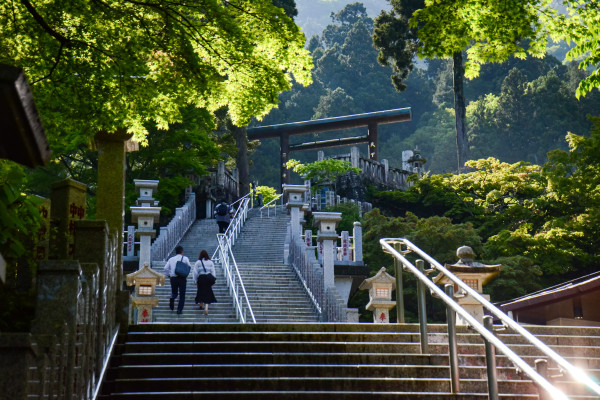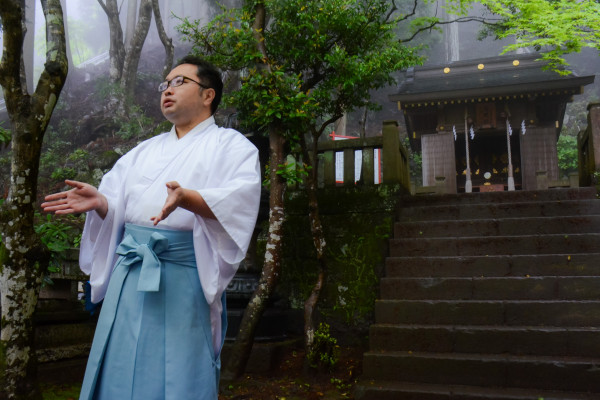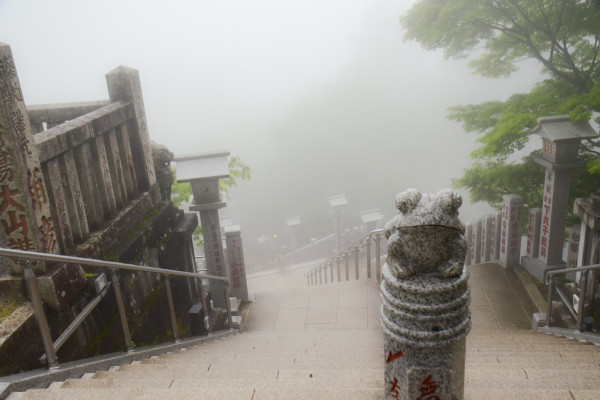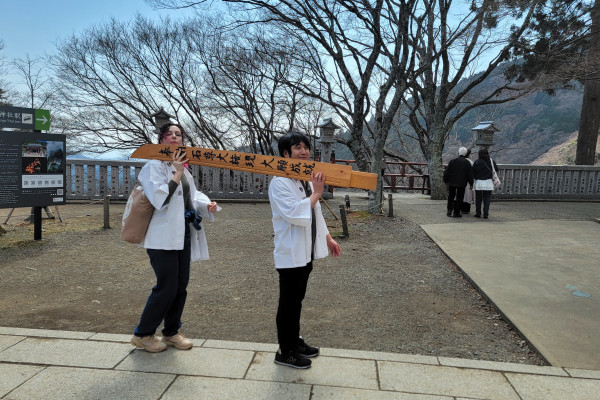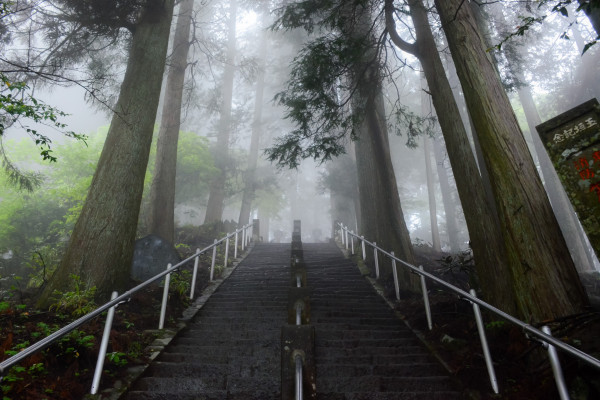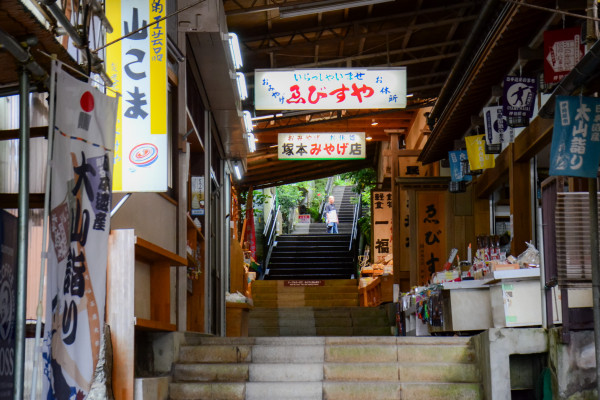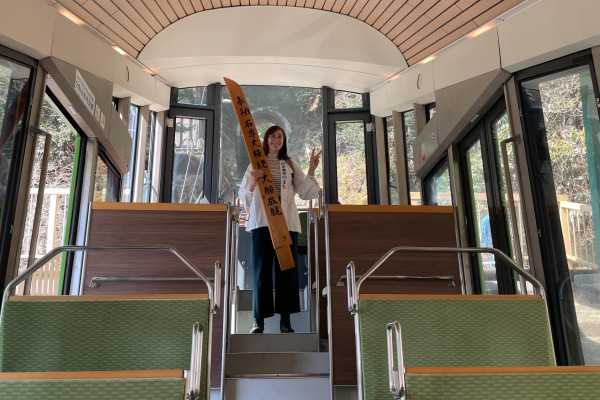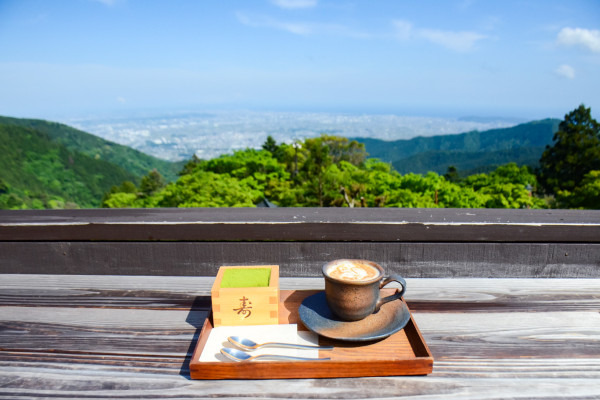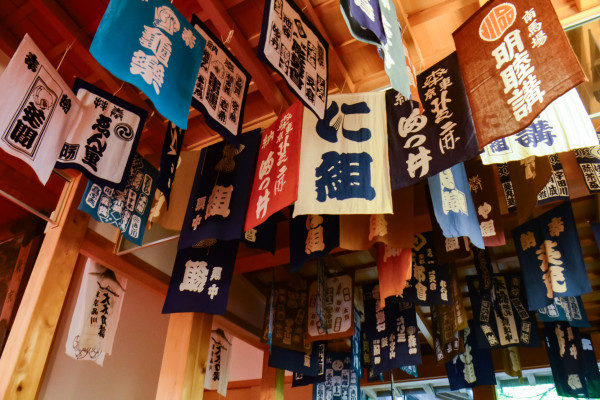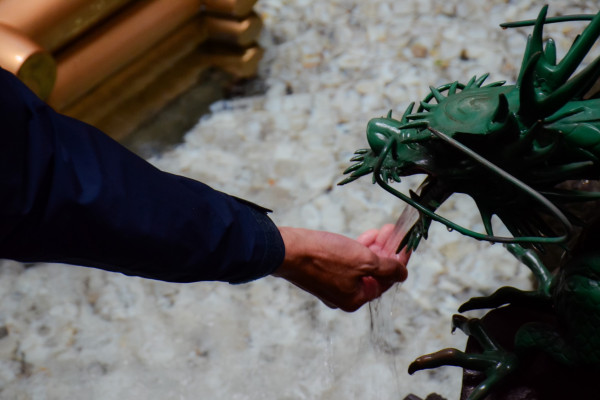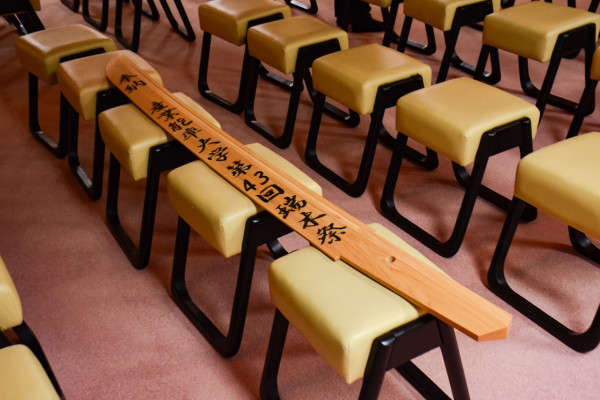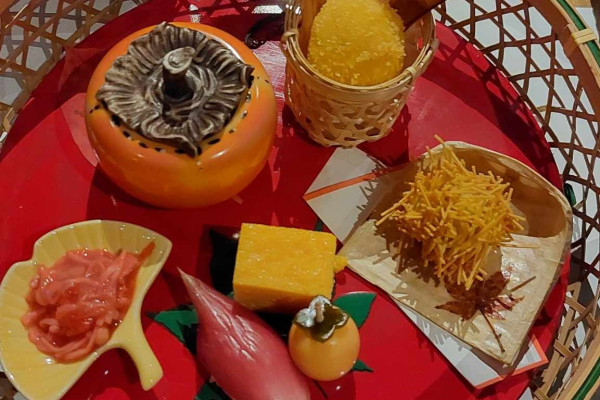


Walk an Ancient Pilgrimage Route in Oyama
- Isehara
- English, French
- 6 hours
Why choose this activity?
- Carry a wooden sword up Mt. Ōyama, retracing the steps of Edo-period pilgrims surrounded by forest and mountain air.
- Take part in the Ometachi ceremony, offering a symbolic blade for protection and good fortune under the guidance of a shrine priest.
- Visit Oyama’s artisans, discover traditional koma spinning tops, and explore a village shaped by centuries of pilgrimage culture.
Available language: English (French upon guide availability)
Activity type: Private guided tour
Duration: about 6 hours
Meeting point: Isehara station, Kanagawa prefecture (10:00)
Afuri Shrine: A Living Legacy of Faith and Pilgrimage
Hidden within the sacred slopes of Mt. Ōyama in Kanagawa Prefecture, Afuri Shrine has watched over Japan’s spiritual and natural rhythms for more than two millennia. Once known as Amefuri-yama—“the mountain that brings rain”—it was revered by farmers and warriors alike who sought protection, harvest, and divine favor.
During the Edo period, the pilgrimage known as Ōyama-mairi became a national phenomenon, attracting tens of thousands who climbed the stone steps to offer prayers and dedicate symbolic wooden swords to the mountain deities.
This act, called Osamedachi or “Blade Offering,” was believed to cut through misfortune and open one’s path in life. Carrying these great wooden blades up the mountain came to represent both physical devotion and spiritual determination—a tangible embodiment of the Japanese idea that faith is practiced through movement, effort, and presence within nature.
Walking the Blade: A Transformative Pilgrimage Experience
For modern travelers, the Blade Offering Experience offers a hands-on way to connect with Japanese tradition. Carrying a wooden sword up the cedar-lined path, visitors participate in a centuries-old ritual that blends history, culture, and a bit of physical challenge. Guided by shrine priests, the act of offering the blade becomes a memorable way to engage with the shrine and its surroundings.
Along the way, the mountain views, the forested trail, and the quiet of the shrine create a unique setting for reflection. More than just sightseeing, the experience allows visitors to appreciate the mix of ritual, landscape, and everyday life that has shaped local culture for centuries.
Experience Outline
Additional Information
Calendar:
- Every Tuesday and Thursday
What’s Included:
- English/French speaking guide service
- Tofu lunch
What’s Not Included:
- Transportation to Isehara
- Extra food or beverages
- Souvenirs
Cancellation Policy:
- one month before
※ Things to know before booking
What to wear & bring:
- Comfortable footwear such as sneakers or flat‐soled shoes are strongly recommended.
- Clothes suitable for outdoor activities and adapted to the season and the weather
- Drinks and snacks to sustain yourself along the way
